The founding editor of American Heritage was the preeminent Civil War historian of the last century, and taught generations of writers how to write narrative history.
-
September 2023
Volume68Issue6
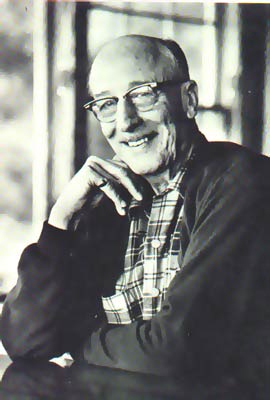
When David McCullough graduated from Yale University in 1955, his aunt bought him A Stillness at Appomattox by Bruce Cation. The gift changed his life.
“I had read very little about the Civil War, and nothing swept me into the human drama of the war as the Catton book did,” recalled McCullough, who, after working as an editor with Catton at American Heritage, went on to win two Pulitzer Prizes for his books on Harry Truman and John Adams.
“History, in his hands, was anything but dry and tedious with all the flavor squeezed out of it,” McCullough told me. “I was caught up in the enthralling, real drama about authentic flesh-and-blood people, and the pull was altogether as powerful as in a great novel.”
McCullough echoed the sentiments of generations of readers who consider Bruce Catton the twentieth century’s preeminent Civil War writer. He was born in Petoskey, Michigan on October 9, 1899, and grew up in tiny Benzonia, where his minister father, George, headed a struggling college. Strapped for students and cash, the Benzonia Academy eventually declined into a preparatory school and closed two years after the younger Catton graduated from it.
See also “Bruce Catton” by David W. Blight
Catton’s love of learning wasn’t confined to the classroom. In the early twentieth century, a curious youngster could still be spellbound by firsthand accounts by those who fought at Shiloh, Gettysburg, and Cold Harbor. “I grew up amidst a flowerbed of Civil War veterans,” Catton recalled. “In the small town I infested as a lad, I used to hear the old gentlemen tell war stories until I felt as if the whole affair had taken place in the next county just a few years ago.”
Catton was particularly fond of Memorial Day meetings in the town hall with veterans from the Grand Army of the Republic, E. P. Case Post Number 372. After the songs and speeches, those assembled would move to the village cemetery and lay flowers at the graves of their departed comrades.
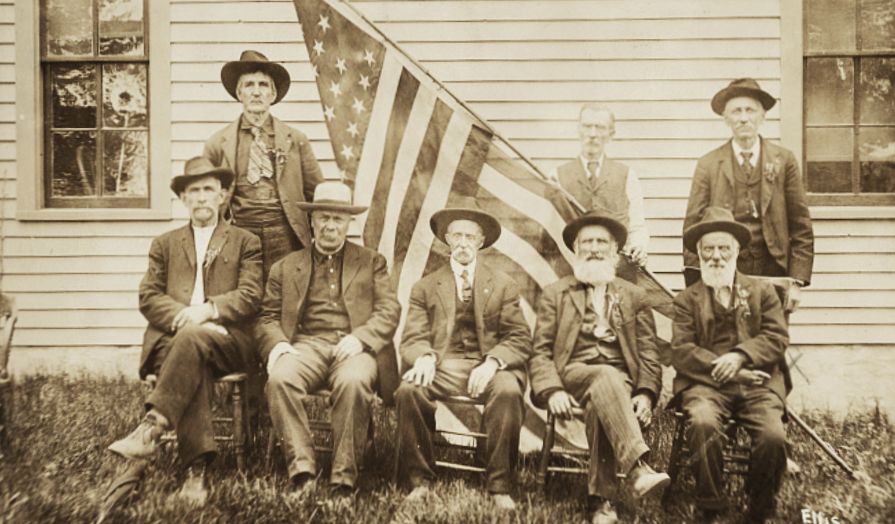
All in all, it was a happy childhood, filled with plenty of time for playing and fishing. “For my two brothers, my three sisters, and me, it was a very agreeable place in which to grow up,” Catton said. “Life there was very uneventful, but never, as I remember it, in the least dull. A less worried place probably did not exist anywhere. We were isolated from the rest of the world, and the isolation was pleasant.”
The isolation ended as Catton left Benzonia for Oberlin College in Ohio. His studies were interrupted by World War I, and he briefly served as a gunner’s mate in the navy. He returned to Oberlin, but left again at the end of his junior year. “I was a regrettably poor student and won no awards of any kind,” Catton said. “I was no athlete and no joiner. I tended to furnaces and waited on tables to pay for my board. My only extracurricular interest was in newspaper work, and I adorned the staff of the college newspaper during all the time I was in college.”
After leaving Oberlin in 1920, Catton became a professional newspaperman. During the next six years, he reported for the Cleveland News, the Boston American and the Cleveland Plain Dealer. During that time, he married Hazel Cherry. They had one child, William Bruce.
In 1926, Catton began a fifteen-year career with the Newspaper Enterprise Association as an editorial writer, a book reviewer, and a Washington correspondent. Working in the nation’s capital gave him access to Virginia’s Civil War battlefields. “I visited Fredericksburg first,” Catton said. “It was cold and raining. My wife and son must have thought I was nuts to tramp around in the cold and rain.”
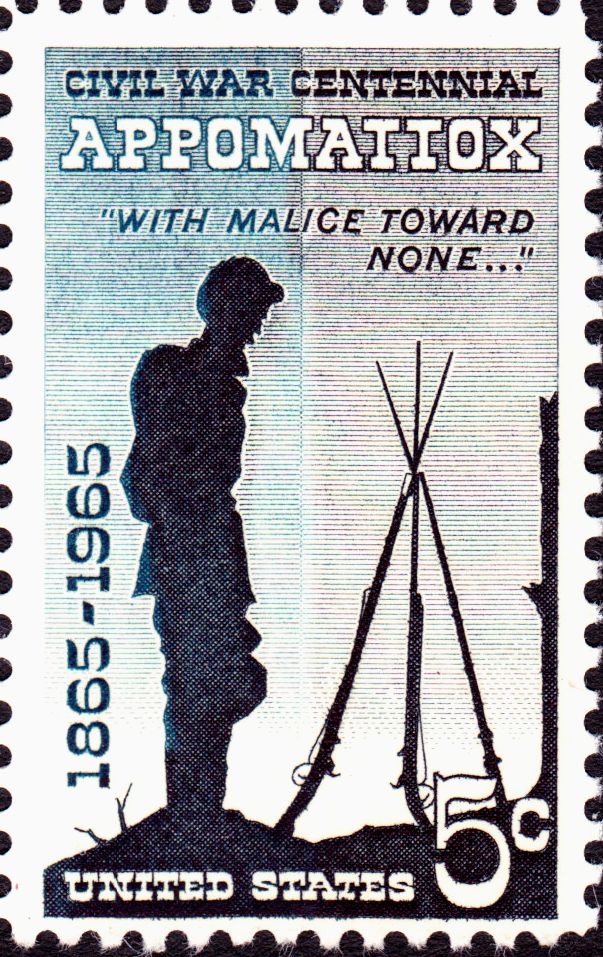
Catton joined the War Production Board in 1942. Three years later, he moved to the Department of Commerce. Serving in these bureaucracies led him to write about his experiences in The War Lords of Washington, a 1948 book called too journalistic by some and praised by others as thought-provoking. Catton decided to try his hand at writing fiction. But two hundred pages into this work on the Civil War, he was disappointed with his effort. “It was awful. Dreadful,” Catton recalled. “But the factual parts, where the armies were moving, when the battles were fought, that wasn’t bad.”
So, Catton scrapped the fictional elements and wrote about the Army of the Potomac. Thus began one of the monumental trilogies in American history. Although commended by the critics, neither Mr. Lincoln’s Army (1951) nor Glory Road (1952) was a blockbuster. But the dramatic conclusion of the series, A Stillness at Appomattox (1953), made bestseller lists and enjoyed substantial book-club sales that reached well beyond the then-small cadre of Civil War buffs.
“It was apparent that the trilogy . . . was tapping into a far larger audience—those who simply enjoyed reading good history, well-told and made accessible,” explained Civil War historian Stephen W. Sears, who worked with Catton at American Heritage. “No one had written anything like Catton’s Potomac-army volumes before.”
The reviews for A Stillness at Appomattox were glowing: “The best written and most interesting historical work about the Civil War I have ever read,” wrote Orville Prescott in The New York Times.
Readers also loved Catton’s different approach to the subject. While he included all the famous generals, as earlier writers had, he focused on the everyday men who did the fighting. “What made Catton stand out among historians was his insight into the people he was writing about,” said Richard M. Ketchum, another American Heritage staffer. “He read their letters and their diaries and got to know them and what made them tick. And, when he had finished, you felt that you knew them, too. They were real, living people.”
Sears explained that, with few exceptions, the everyday soldier was a virtual stranger to most readers of Civil War history before Mr. Lincoln’s Army. “It was Catton, through a continuous narrative and with a plot line, who actually showed these common soldiers living and dying on campaign and in camp through four long and terrible years of war.”
Three key factors contributed to Catton’s mastery of his trade: He used regimental and other unit histories brought down from the dusty shelves of libraries and secondhand bookstores. His reporter’s mantra, “who?, what?, where?, when?,” proved invaluable to sorting out events on a long-ago battlefield. And, Sears added, Catton’s service with the War Production Board “furnished him insight into how the vested interests of government, the military, and business operated and collided during wartime. This . . served him well when it came to deciphering the behind-the-scenes struggles in wartime Washington and Richmond during the 1860s.”
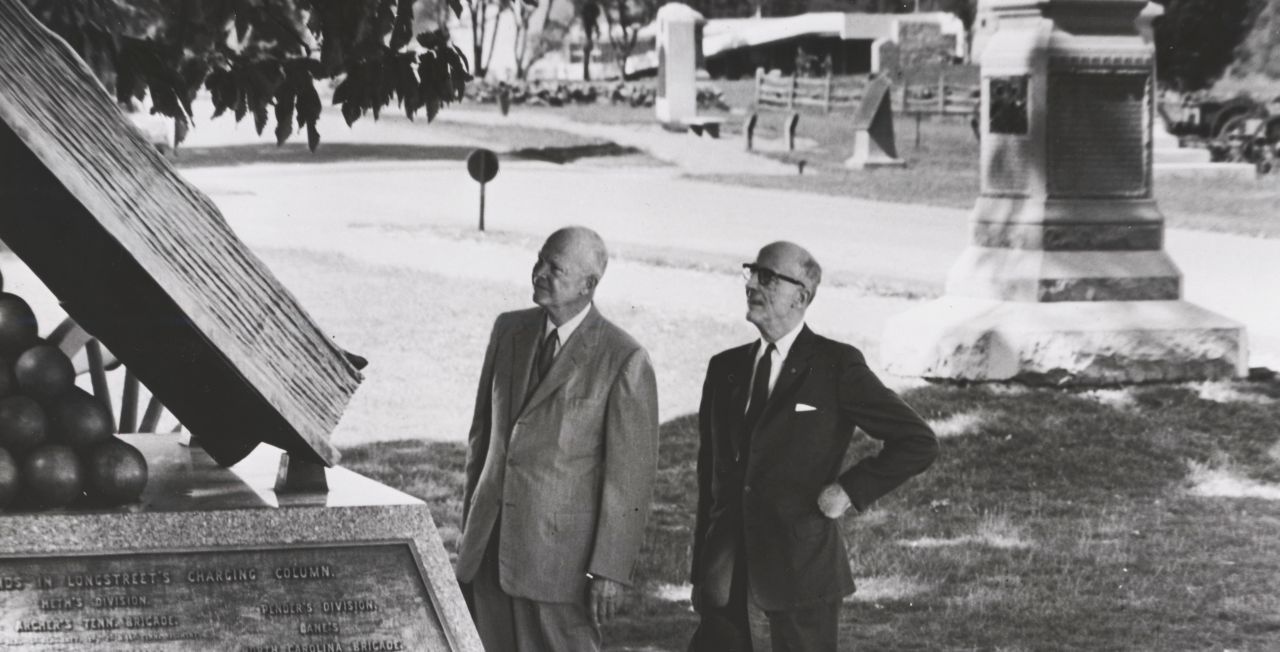
Book critics, military personnel, and historians lauded Catton’s populist approach. According to Sears, “There is a remarkable sense of place in his writing. The season, the weather, the colors, the look of fields and woods and water courses, the drifting tatters of battle smoke, the unending noise—all put down in Catton’s phrases so naturally yet carefully that everything becomes perfectly clear in the mind’s eye.”
A Stillness at Appomattox earned Catton the 1954 National Book Award and the Pulitzer Prize. He was the toast of the literary world — an overnight success in his mid-fifties.
Catton became a role model for a generation of future historians. “I can say that my life was certainly changed by Bruce Catton’s books,” Richard Ketchum told me. “I loved history, and here, all of a sudden, was history as it was meant to be told—in language that was at once simple, beautiful and vivid, written with extraordinary clarity and a sure knowledge of the facts.”
In 1954, Catton became editor of American Heritage, and wrote some ninety articles for the magazine. But he continued working on his own manuscripts. He published eleven more books on the Civil War, including the two-volume This Hallowed Ground about General Ulysses S. Grant and the three-volume The Centennial History of the Civil War.
Fellow American Heritage staffer Ketchum remembered Catton as a bit of a loner. “Bruce was a very complex, very private person, and was not one to reveal his innermost thoughts, even to close friends.” David McCullough, who once had an office next to Catton at the magazine, recalled, “He was ever considerate, ever the gentleman, never in the least way pretentious or overbearing or self-centered. He never liked being referred to as an historian. He was a writer, he would say. And that he was, which is why his work lives.”
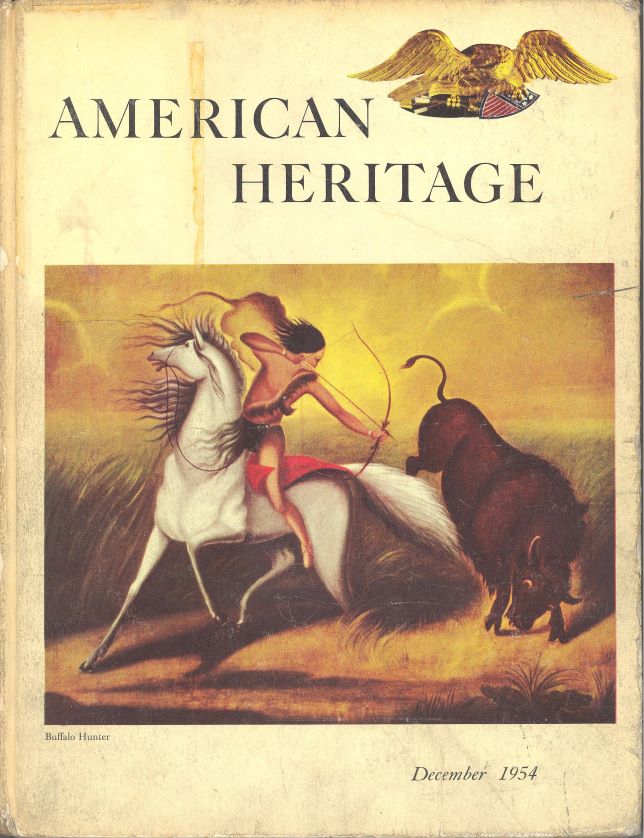
Catton’s grace under pressure and strong work ethic left a big impression on his colleagues. “I remember him working his forty-year-old typewriter, running through it sheets of yellow copy paper with a newspaperman’s headlong staccato rattle,” says Richard F. Snow, later the editor of American Heritage. “The results went to the typesetter innocent of the least editorial correction.”
Even in his later years, Catton could produce extraordinary work under the tightest deadlines. Ketchum remembers an overlong lunch with Catton at the Algonquin Hotel in New York City. Upon their return to the office at about 4:00 P.M., secretary Mary Dawn Early reminded Catton that his article on Michigan was due to Holiday magazine that afternoon.
“He was unfazed,” Ketchum recalled. “He walked into his office, sat down at the typewriter, and began to write. About seven that evening, the manuscript was delivered by messenger to Holiday and was published in the magazine without the change of a single word.”
In addition to that article on his home state, Catton wrote a memoir, Waiting for the Morning Train, and Michigan: A Bicentennial History. “Bruce loved Michigan and everything about his boyhood home,” Ketchum recalled. “He would talk about the place and the people—especially the old Civil War veterans he had known—with enormous affection and almost total recall.”
For his work on the Civil War Centennial Commission, Catton was given one of this nation’s highest civilian awards, the Presidential Medal of Freedom, on January 10, 1977.
The mature Catton, who summered in northern Michigan, also wrote about mixing the realities of a modern industrial powerhouse with the memories of a rural boyhood. “Michigan is perhaps the strangest state in the union - a place where the past, the present, and the future are all tied up together in a hard knot,” Catton wrote. “It is the 20th century incarnate, and if you look closely, you can also see the 21st coming in, but it is also the 19th century, the backward glance, and the authentic feel and taste of a day that is gone forever.”
Bruce Catton died in 1978. But, thanks to his vivid backward glances, the authentic feel and taste of bygone days will be with us forever.

